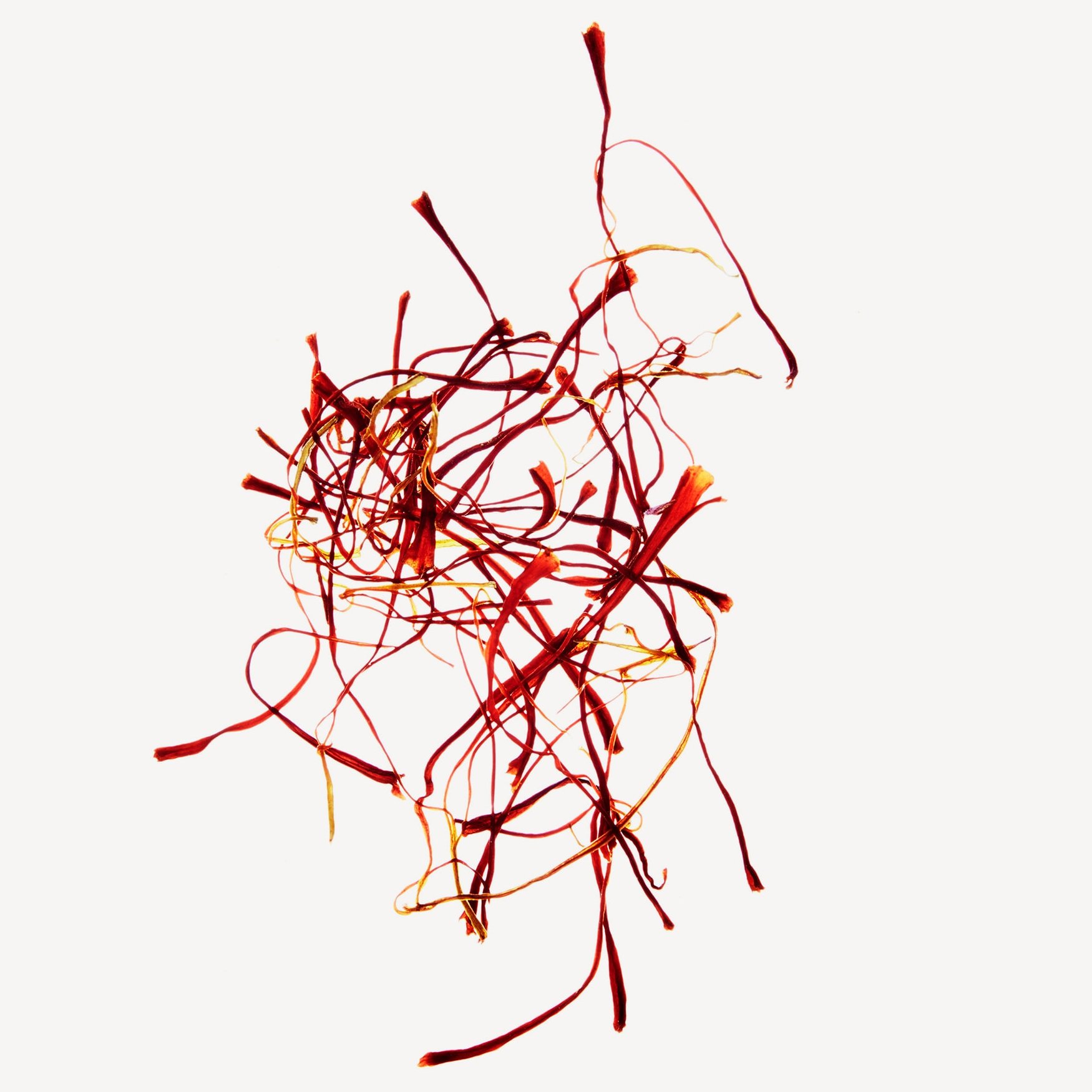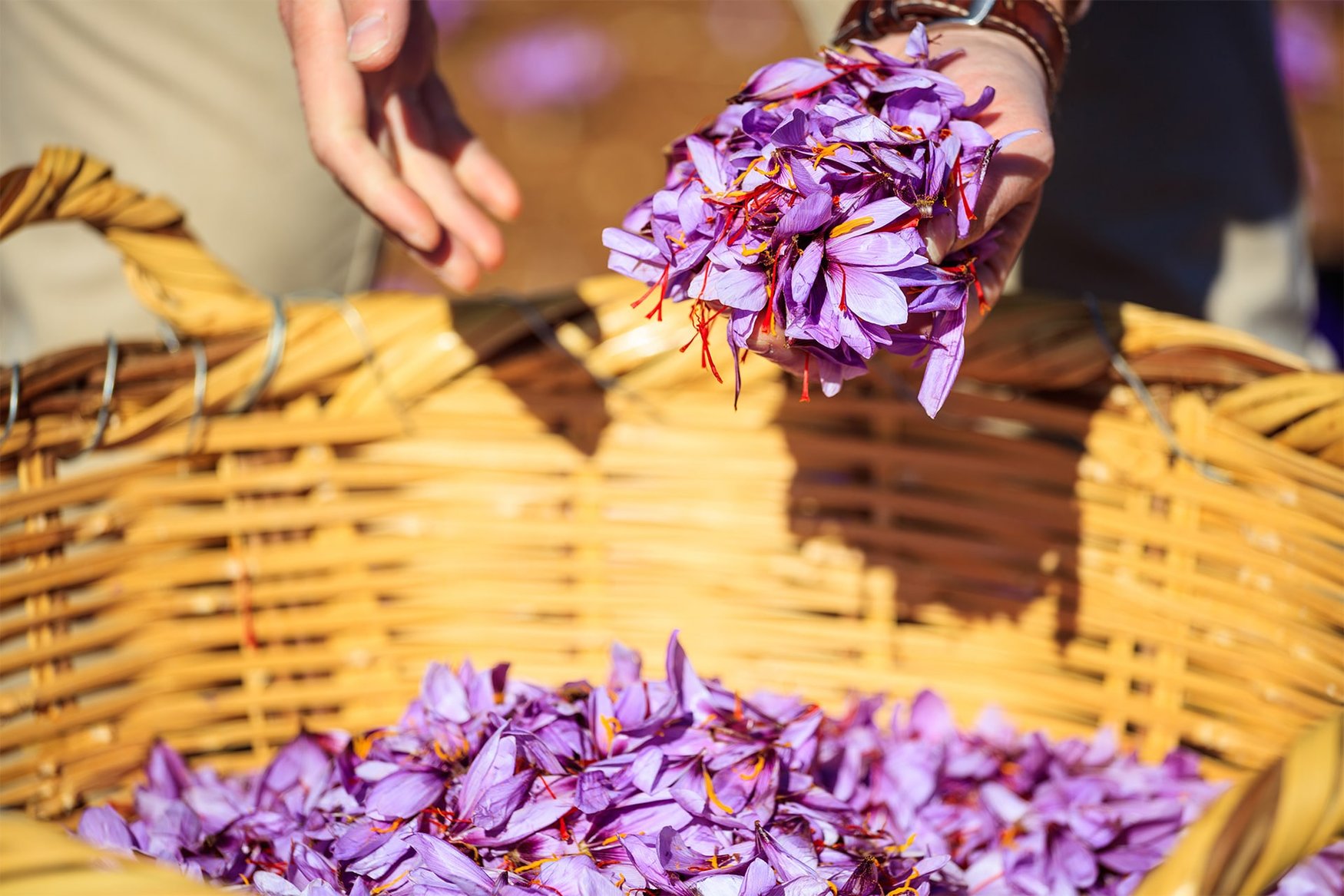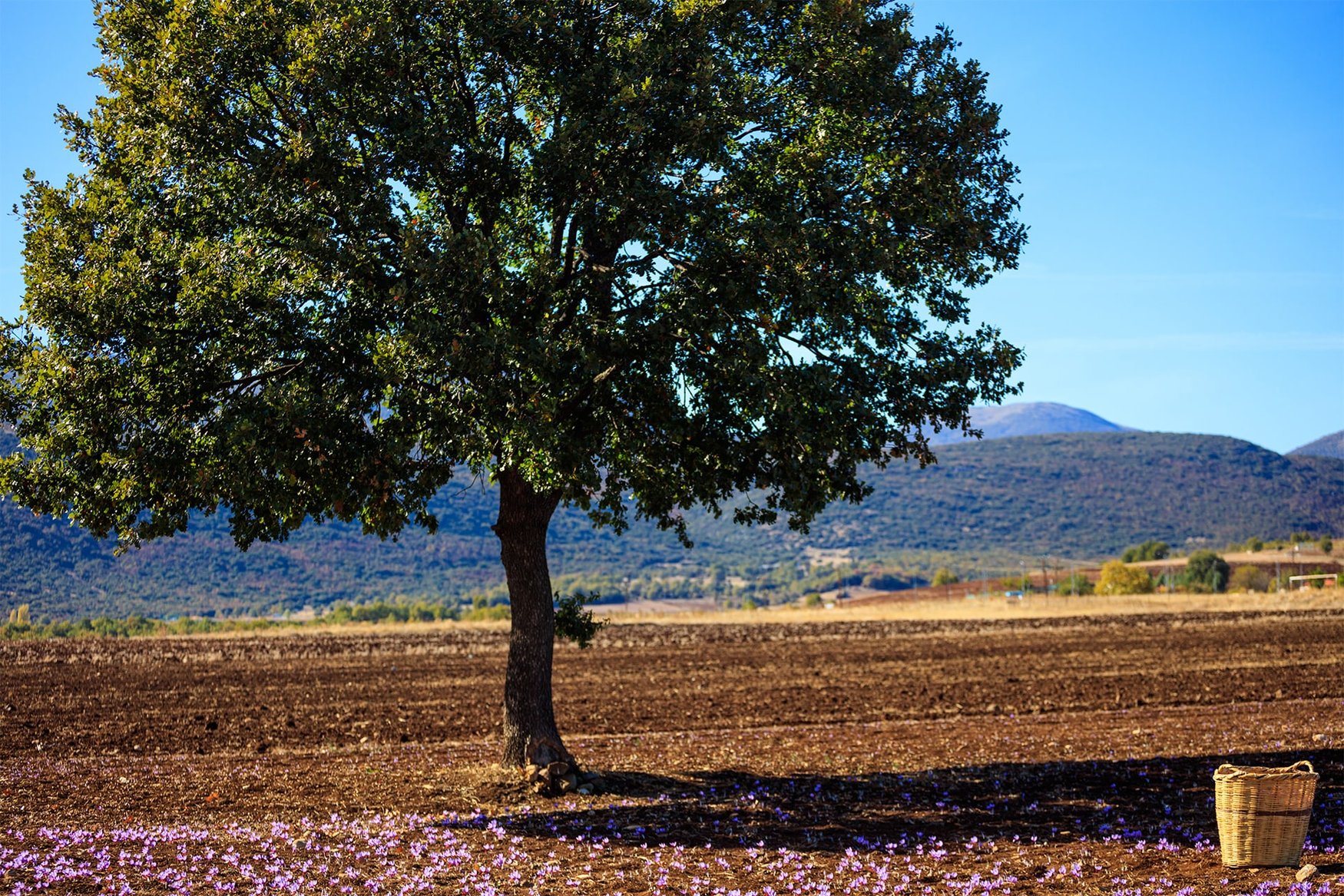Saffron
Spicy, leathery, suede, slightly bitter.
Definitively spicy, saffron adds an energizing burst to both feminine and masculine fragrances. It’s an endlessly luxurious note of warm, leathery facets. Particularly evocative of smooth suede, saffron evokes an intimate feeling: soft, and yet slightly bitter.
Data sheet
- Type
- Extraction Method
- Used parts
- Natural raw material
- Solvent extraction
- Pistils





